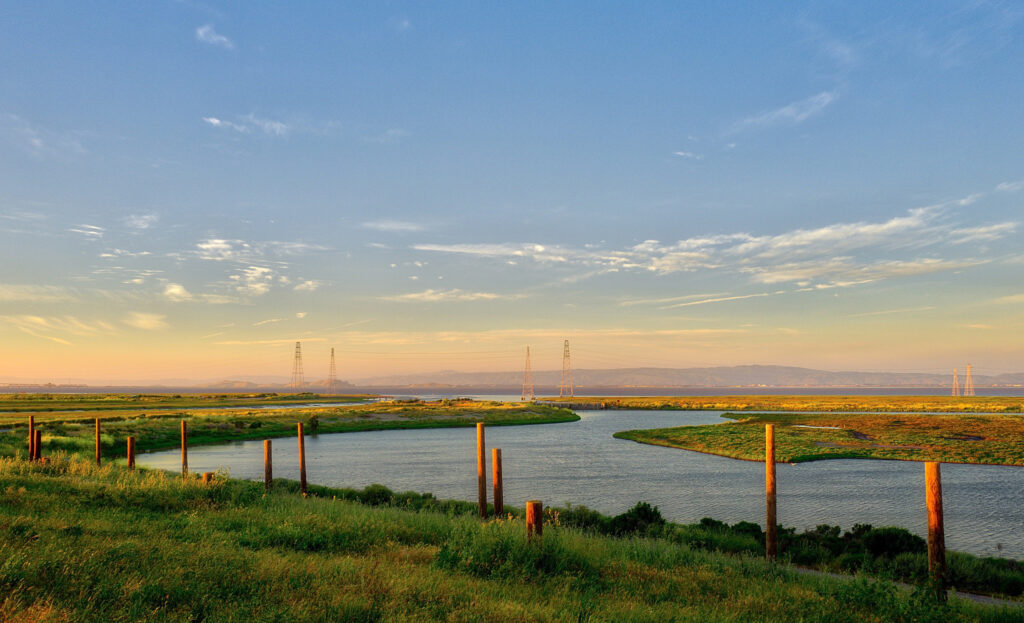
Pamela Cruz / Peninsula 360 Press
Palo Alto, CA. After experts predicted that the Baylands nature preserve could be submerged by mid-century due to sea level rise from climate change, the city of Palo Alto is moving forward to create an adaptation and containment plan to prevent catastrophic flooding.
The document provides for infrastructure improvements and a risk assessment of structures near flood-prone areas, as well as strategies for new development that must adapt to a new reality with increased wetness.
In addition, the project envisions a dike that would use treated wastewater, thereby supporting a new natural habitat in the transition zone between the tidal and upland areas.
In response, on Wednesday afternoon, September 9, city officials will discuss the progress of both efforts through a webinar to discuss sea level rise and opportunities for future public engagement.
The event, which will be held from 3:00 to 4:30 p.m., will include presentations by City and Santa Clara Valley Water District staff, who will discuss their own long-range planning efforts on the issue.
Palo Alto also intends to enter into new partnerships with surrounding cities, including East Palo Alto and Mountain View, to collaborate on plans and projects to contain rising tides.
They are also working with the San Francisco Estuary Association to create a conceptual plan for a "horizontal levee," a structure intended to improve the city's flood protection and protect habitat that would be threatened by sea level rise.
Unlike traditional levees, this one would feature "green" infrastructure that can support a salt marsh in the transition zone near Palo Alto Airport and the Baylands Golf Course.
The city's Department of Public Works engineer, Samantha Engelage, says the current flood control levees near the Baylands do not meet the standards set by the Federal Emergency Management Agency because they sometimes overflow, particularly when king tides coincide with storms.
As part of Palo Alto's recently adopted sea level rise plan, the city will conduct a "vulnerability assessment" that will identify critical infrastructure that could be at risk and estimate the economic impact of vulnerability for both public and private properties.
The city also plans to create a multi-year implementation plan that could include zoning changes near the Baylands, new permitting requirements for projects in at-risk areas, and relocation of facilities out of the area.
According to Palo Alto's sea level policy, which it adopted in March 2019, if the Baylands submerge by mid-century, as predicted, they would lose their ability to serve as a buffer during flooding, to attenuate storm surge, or for carbon.
Sea level rise would also have a disruptive and potentially devastating impact on local habitats as well as recreational offerings throughout the reserve, Engelale said.
More information at: https://www.paloaltosustainabilityplan.com/


